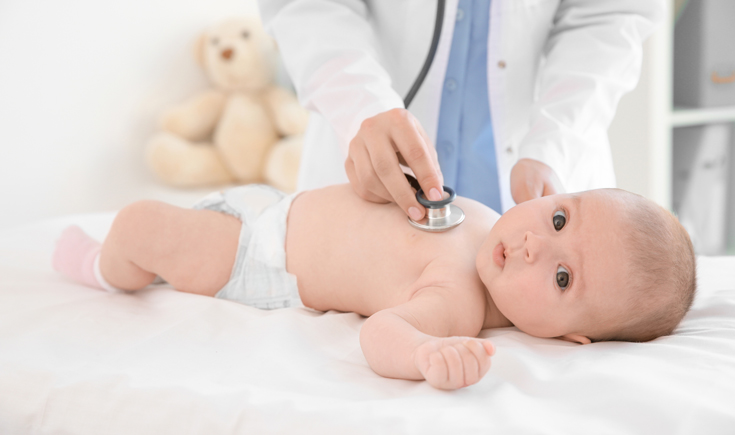

Even if you’re not close to any bushfires, the air quality all over Australia is seriously affected right now. Belinda Joyce, a Midwife and Child Health Nurse, warns that babies and young children are at greater risk of irritation from the harmful effects of bushfire smoke inhalation. Babies have small developing airways, and compared to adults, they inhale more polluted air relative to their body weight.
The signs and symptoms of smoke inhalation
Fine smoke particles can get into the lungs and cause irritation. Depending on the severity of the smoke, you should look out for the following symptoms, according to Joyce:
- Coughing
- Sore throat
- Headaches
- Shortness of breath
- Burning eyes
- Sinus irritation
- Dizziness
- Runny nose
It’s difficult to know if your baby is experiencing some of these symptoms, but if they refuse milk feeds, it could be because they have a sore throat. Try to offer feeds often, and watch for signs of dehydration (such as not the usual number of wet nappies), and seek medical help if necessary.
For most, these symptoms will be temporary, and will settle after the smoke clears.
Tips for families in bushfire smoke affected areas
- Keep informed of air quality via the news or websites (such as Air Quality Index). It can take many days to improve after the fires are out, so check reports regularly.
- Stay indoors as much as possible.
- Keep windows and doors closed as much as possible, and seal them with towels or blankets to stop the smoke getting inside.
- Consider evacuating if air quality is poor, perhaps visiting friends or family further away from the smoke where the air is clearer.
- Keep activity levels low, as exercising increases respiratory effort.
- If you use the air-conditioner on hot days, ensure that it’s recirculating inside air only.
- Visit public places, such as shopping centres or libraries.
- When you’re in the car, close the vents.
Do face masks and air purifiers help?
P2 face masks are designed to protect adults from air pollution, but do not fit babies and young children. Dust and surgical masks do not protect against smoke particles.
Joyce suggests that air purifiers could be something to consider, but stresses that they must have a high efficiency particle air (HEPA) filter, as these can remove the very tiny smoke particles from the air in your home. Many are portable and can be moved around the home, and used overnight in your baby’s bedroom (ensure that the model is suitable for the room size).
Note: Humidifiers do not protect against smoke.
For children with asthma or other chronic conditions
Please speak to your GP or Paediatrician to discuss this further, and continue all prescribed medications as advised.
If you’re concerned about your baby’s breathing, you should go directly to your nearest emergency department or dial 000.
BELINDA JOYCE
Midwife, Maternal & Child Health Nurse & Author of ‘Survive & Enjoy Your Baby’























